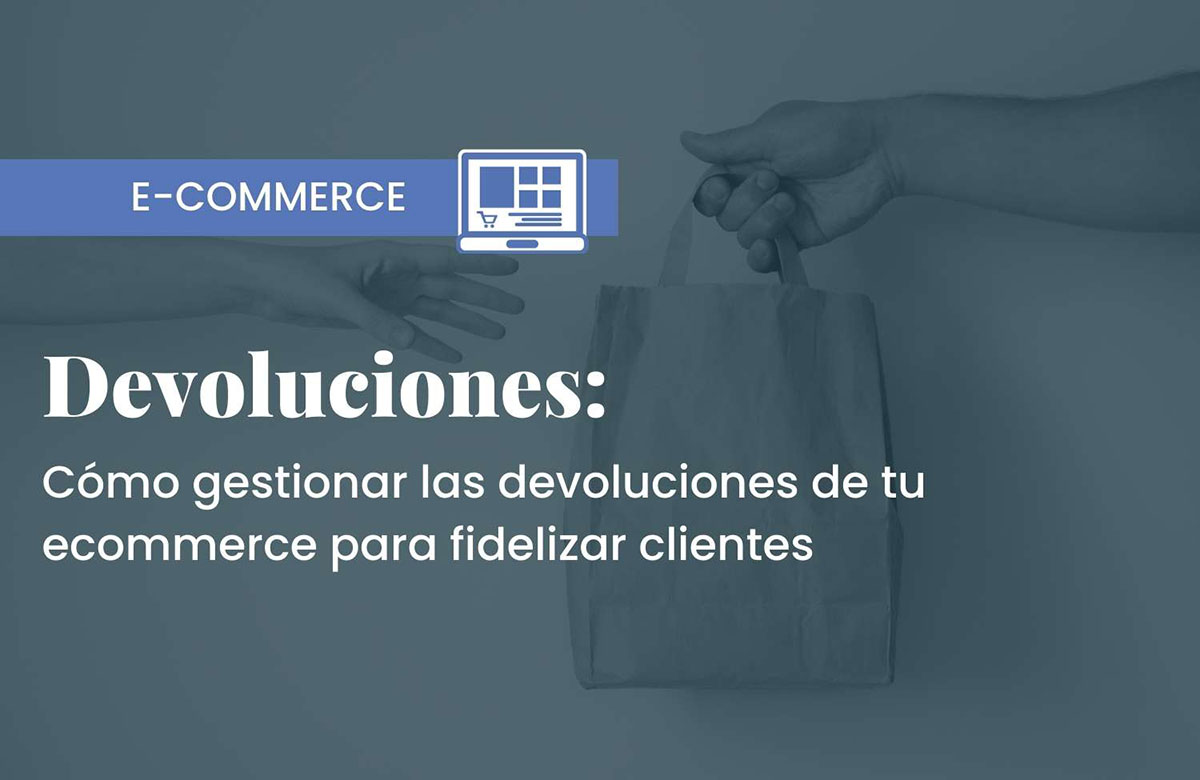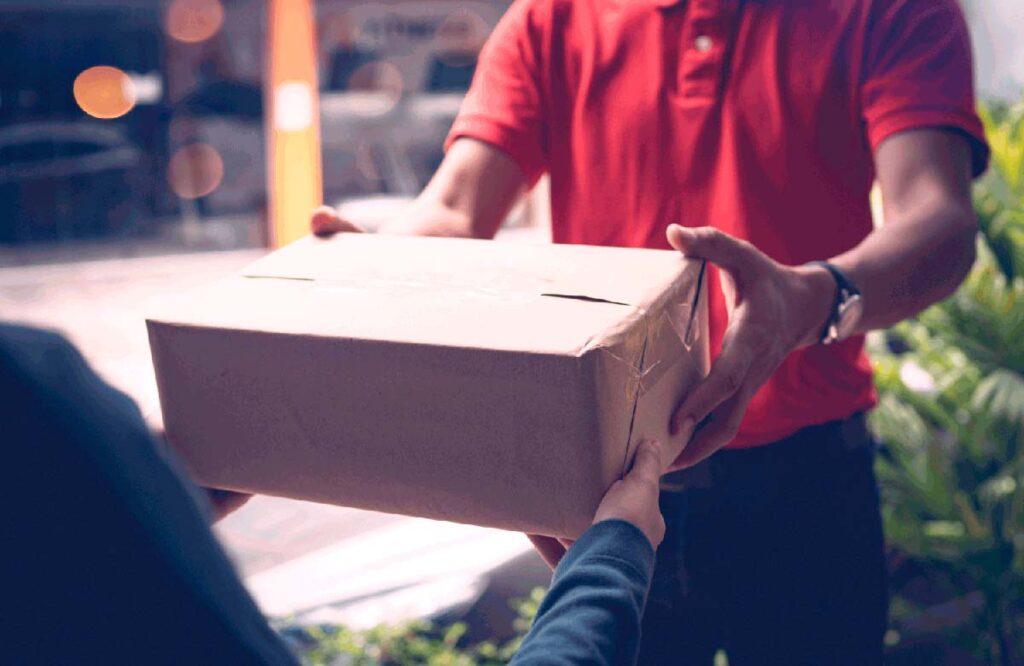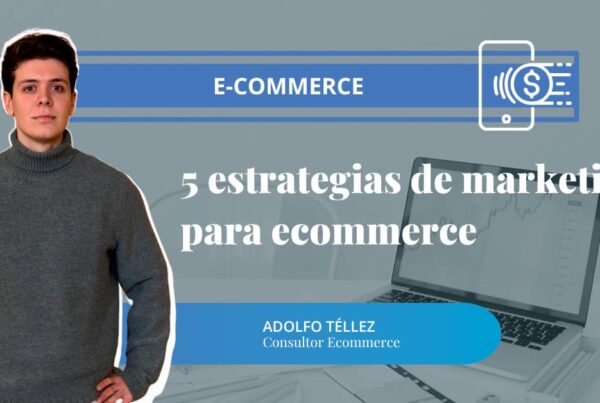There are companies like Inditex and Amazon that are setting the standard in logistics and returns management for e-commerce. This high level of quality in processing returns is affecting all players in the e-commerce world, creating high expectations among consumers.
Many times we believe that making the return process complicated for our customers is a good practice to prevent a drop in our revenue.
Returns are part of the post-sale service of an e-commerce, a crucial stage where customer loyalty is the main goal.
If we want to have a long-term vision for our company, we must move away from the volume-based business model and focus our goal on building a personal brand through these post-sale processes.
Is it normal to have returns in my e-commerce?
It is natural and positive that returns exist, especially in sectors like fashion, as they reflect that our business is being validated in the market. But reducing them should be one of our objectives, and the first step is to avoid them by following a series of guidelines that minimize the risk of returns.
It is very important to monitor return metrics to measure everything and have full control of our e-commerce to scale it. Returns in the last 30 days, total returns, returns by product, reason for return… these are examples of some KPIs that are interesting to keep under control.
What are the consequences of returns for our company and other e-commerce businesses?
In the e-commerce industry, product returns are synonymous with complexity and waste. Besides the massive revenue losses they bring to sellers, their environmental impact is also a concern.
In Europe, the Middle East, and Africa, few experts can quantify the waste they generate. However, US figures are alarming: in 2020 alone, an estimated 2.6 million tons of returns ended up in landfills, according to an Optoro report. That same year, 16 million tons of carbon dioxide (CO2) were generated during the transport of returned items. This is equivalent to the emissions produced by 2 million households in one year.
Industry experts estimate that around a quarter of all returns are thrown away because it is cheaper to discard them than to process and resell them.
We are facing a problem that is worsening. For example, in 2021, US consumers returned one in five items purchased online. This represented $218 billion in “lost” sales, more than double the previous year.
What are customers’ expectations when making returns?
- Customers do not want to worry about the return process of their order.
- They want to participate as little as possible in the logistics process.
- They expect the seller to organize everything.
- They want it to be done in a couple of clicks.
- They expect shipping costs to be free.
These expectations are often almost unrealistic and unsustainable, especially for small e-commerce businesses.
How do we turn returns into new sales opportunities or customer loyalty in our online store?
Offer coupons:
- Possibility of a refund
- Coupon to spend on another item of the same value
- Coupon to spend on another item of a higher value
- Offer exchanges for a different color, size, or model.
Offer different return points:
- Home pickup
- In-store delivery
- Delivery to a service point
What actions can we take to minimize returns in our e-commerce?
At least 70% of online purchase returns are due to issues that sellers can control.
Product page
We must create the product page with the most detailed information possible:
- Technical product information: what it is made of, usage instructions, utilities… these are very relevant pieces of information for customers.
- Accurate images: we must use images that accurately represent the product the customer will receive at home. Often, products are shown with edited or enhanced images, or photographed from angles that do not show the real product. Being transparent in this aspect will improve customer satisfaction and reduce returns.
- Sizes and measurements: ignoring this point is the main cause of returns, especially in fashion.
Establishing a good size guide for our products or garments will allow our customers to get the product that best suits their needs, avoiding unnecessary returns and, above all, massive purchases of different sizes that may later be returned, increasing the logistical workload of our business.
Related to user experience, it is important to display this type of information on the product page, either embedded on the page itself or as a pop-up.
There are very useful applications that compare sizes between products from the same store or between products from other brands, such as Virtusize or Truefit.
Shipping and return policies
Displaying clear, short, and concise shipping and return policies along with product features is essential at the time of purchase decision. We must explain what is included, what is not, what the customer has to do if they want to return it, and what is required.
Customer reviews and testimonials
Adding a section on your website, particularly on the product page, with customer ratings and reviews will help potential buyers verify if a product is truly as the store claims and if it meets its function. Many stores have sections dedicated to reviews with customer photos, validating products and encouraging purchases.
Return periods
Offering longer return periods reduces returns. More than half of Spanish consumers say they would not make another purchase from an e-commerce if the return period is less than 30 days. And 40% state that if the period is less than 60 days, they would also not repeat the purchase.
The psychological effect of long return periods is important.
There are different factors that make it less likely for a product to be returned, such as:
- If we have a product in our possession for a longer time, we are more likely to become attached to it.
- With more time, we are more likely to use it.
- Knowing the return period is far away, and with the initial dopamine rush of the purchase fading, the customer enters a procrastination and “laziness” dynamic, causing them not to complete the return.
Logistics optimization
Having an organized and controlled logistics system can prevent many product returns. Mistakes in sizes or products delivered to customers usually occur due to stock management issues. Using organized storage systems and agile, sequenced packaging processes helps avoid mistakes and, consequently, minimize returns.
Know your customers
Another action to minimize returns is identifying those customers who are more likely to return most of the products they buy. These customers have adopted a buying methodology of bulk purchasing of garments in different sizes or recurrent purchases without considering which ones satisfy their needs. As a result, we can restrict these customers, exclude them from discounts, or increase the return cost based on the number of items returned.
Improve communication for tracking e-commerce returns and shipping
We must take control and maintain communication with our customers, especially during the shipping phase. This point is the most delicate in our relationship with customers. Often, we assume online shopping is completely logical and normal, but our customers are trusting us with money upfront so that a delivery person they do not know can bring a product they have neither seen nor touched.
For this reason, personalizing shipping, delivery, and return communications must be a priority to ensure our customers feel confident and do not receive messages from a carrier unrelated to our brand.
How can we personalize these messages?
There are several platforms that improve the logistics of our shipping processes. One recommended platform is Sendcloud.
Applied to message personalization, Sendcloud integrates with our logistics company to edit the messages the customer receives, branding these emails or SMS with our brand (90% open rate) and with the ability to implement Up selling and Cross Selling strategies. Even our social media can be inserted into these messages.
How can our monthly investment of 300€, 1000€, 5000€, 10000€… end up on a carrier’s page?! Isn’t it logical that the last message our customer receives is from our brand? With platforms like this, we can solve these issues.
The management and optimization of all e-commerce processes affect customer satisfaction, loyalty, and especially, the profitability of your business. If you need help maximizing your online store’s performance, our e-commerce agency offers consulting services to take your business to the next level.




